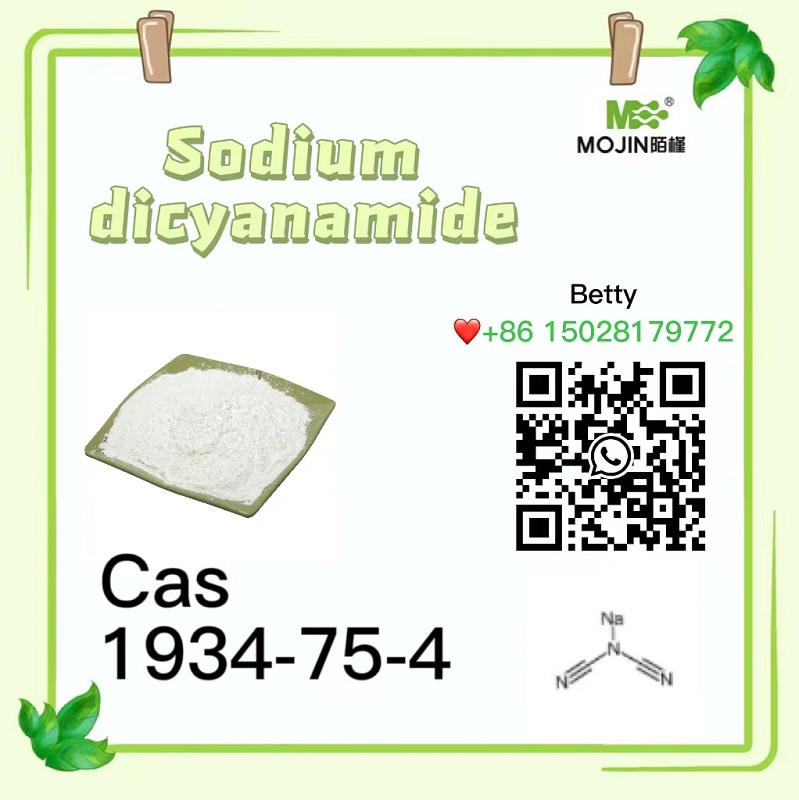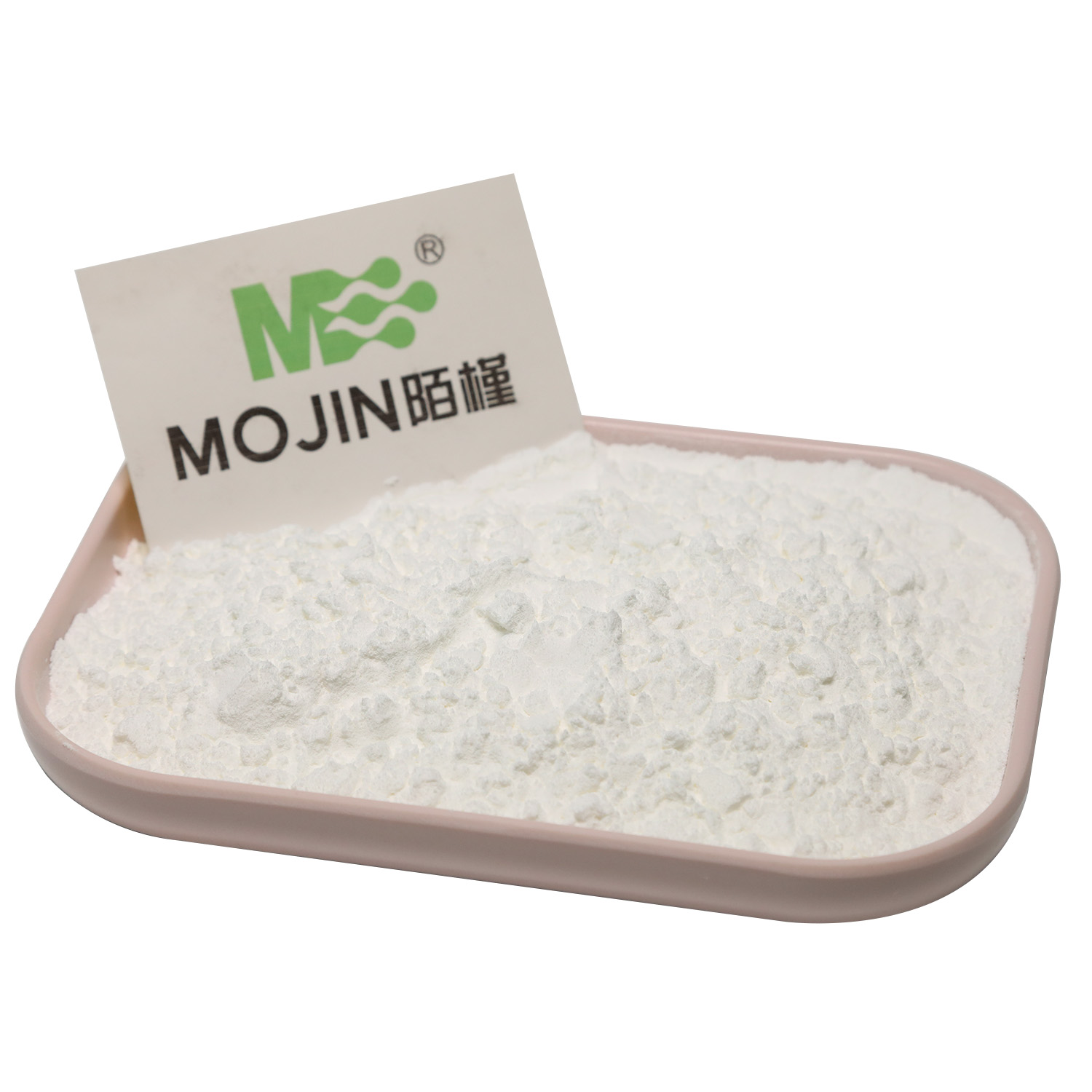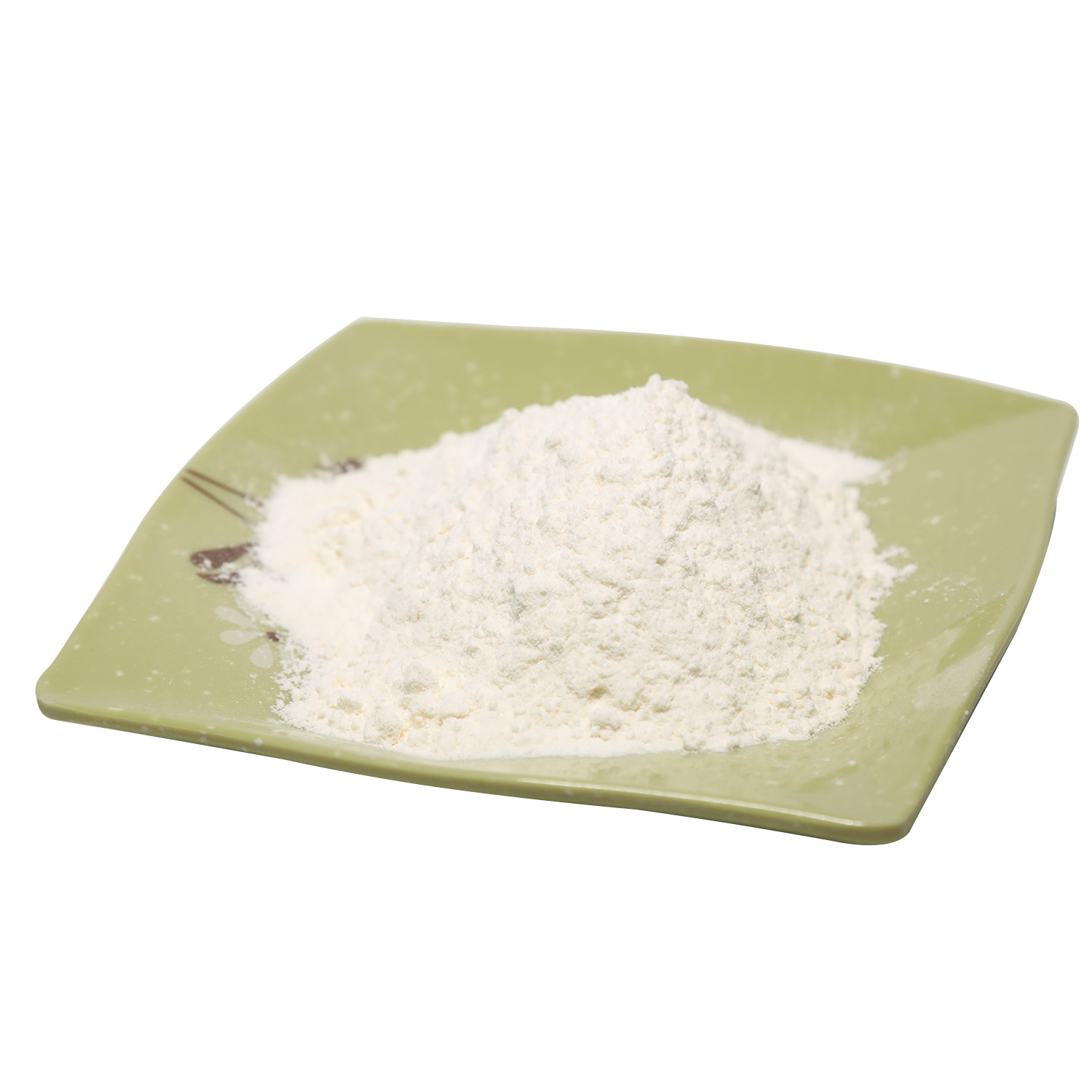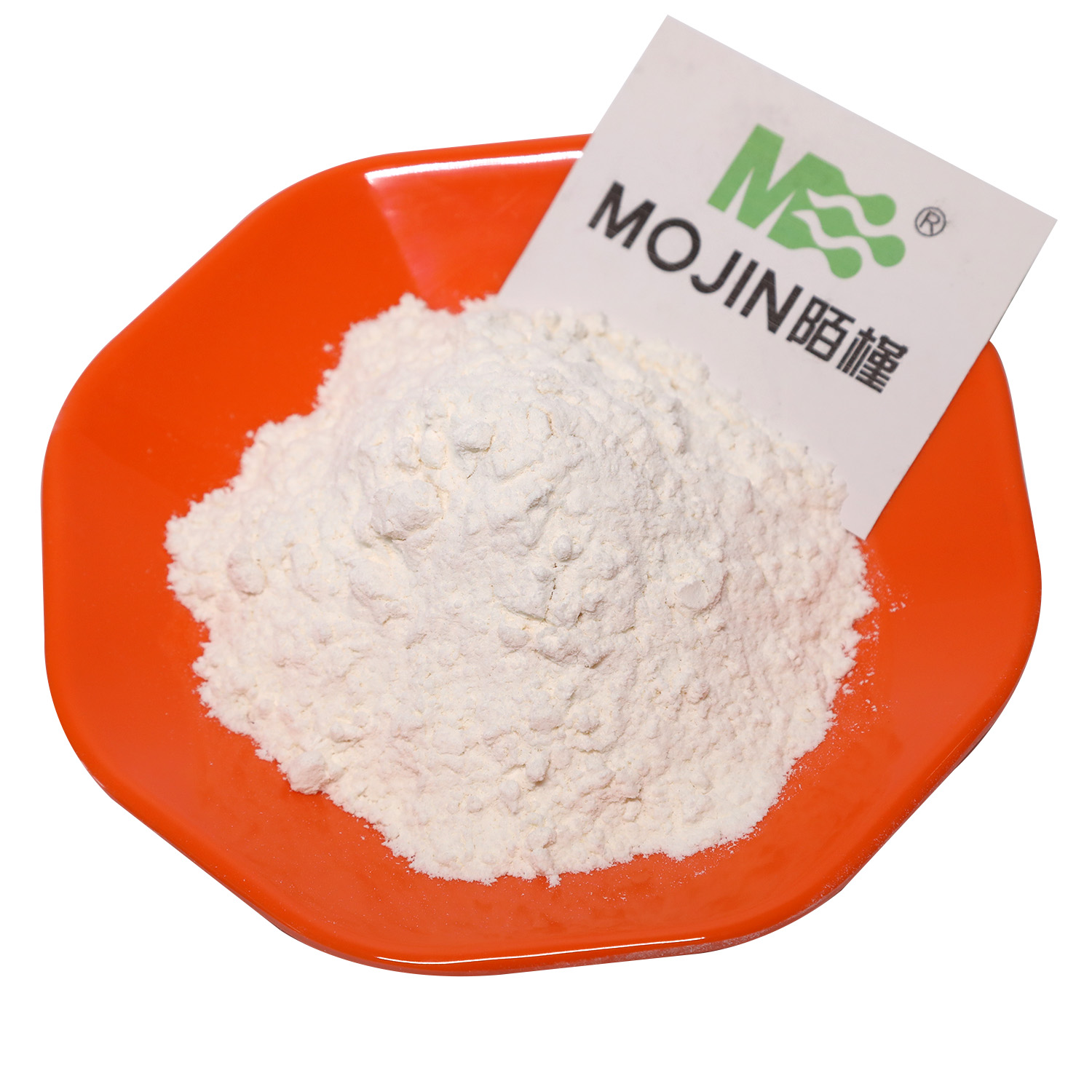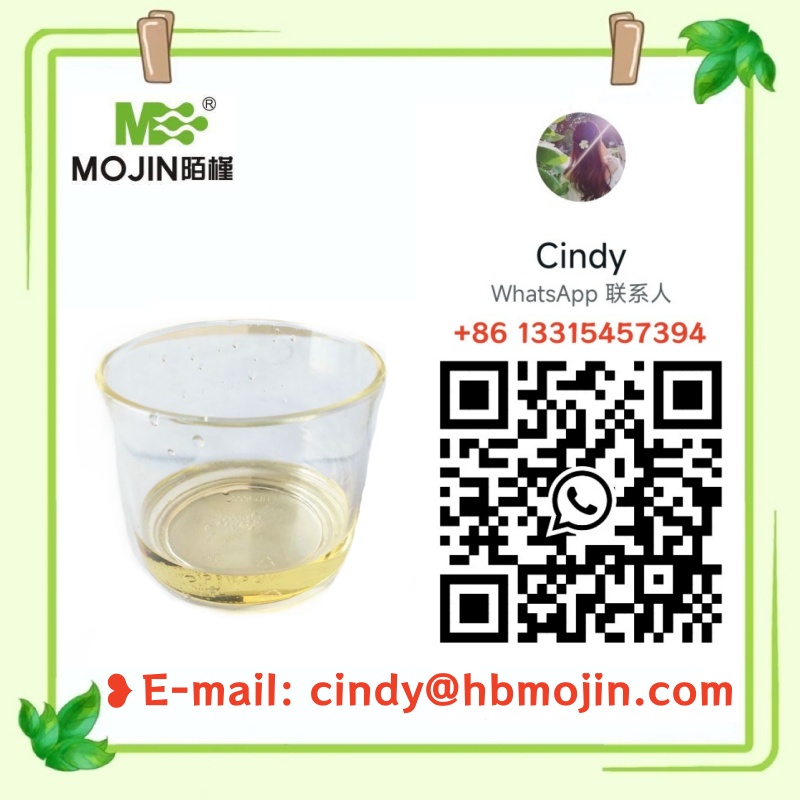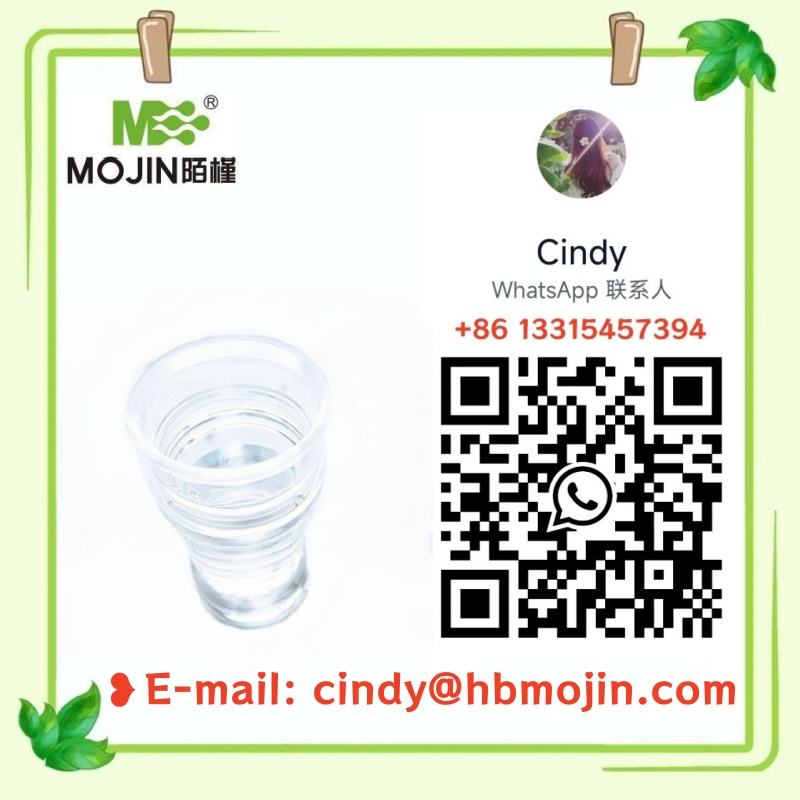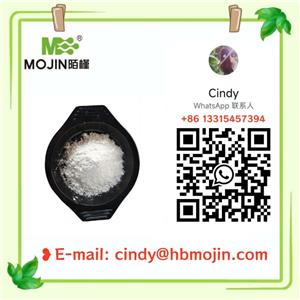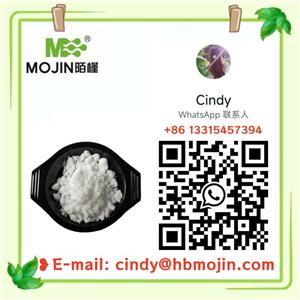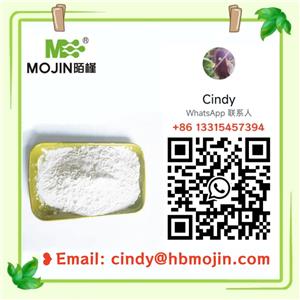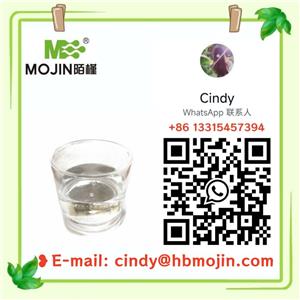White powder 99 Purity Sodium Dicyanoazanide CAS 1934-75-4

- Mojin
- China
- 7 days
- 500 ton/month
Sodium dicyandiamide is a chemical known as sodium dicyandiamide,
CAS1934-75-4, molecular formula C2N3Na; NaN(CN)2.
Product attribute editing
Character achromatic crystal
Melting point 300 °C
Water solubility 260 g/L (30 ºC)
Sensitivity Hygroscopic
Product Name | sodium,dicyanoazanide |
|---|---|
Oter name | Sodium dicyanamide;sodium dicyanoamide;Na(dicyanamide);Dicyanamide,sodium salt;Sodium Dicyanoazanide; |
CAS | 1934-75-4 |
MF | C2N3Na |
MW | 89.03130 |
PSA | 50.82000 |
LogP | -0.28514 |
Appearance | White to off-white powder |
Boiling Point | 41.5ºC at 760 mmHg |
Melting Point | 300ºC |
Flash Point | 8.5ºC |
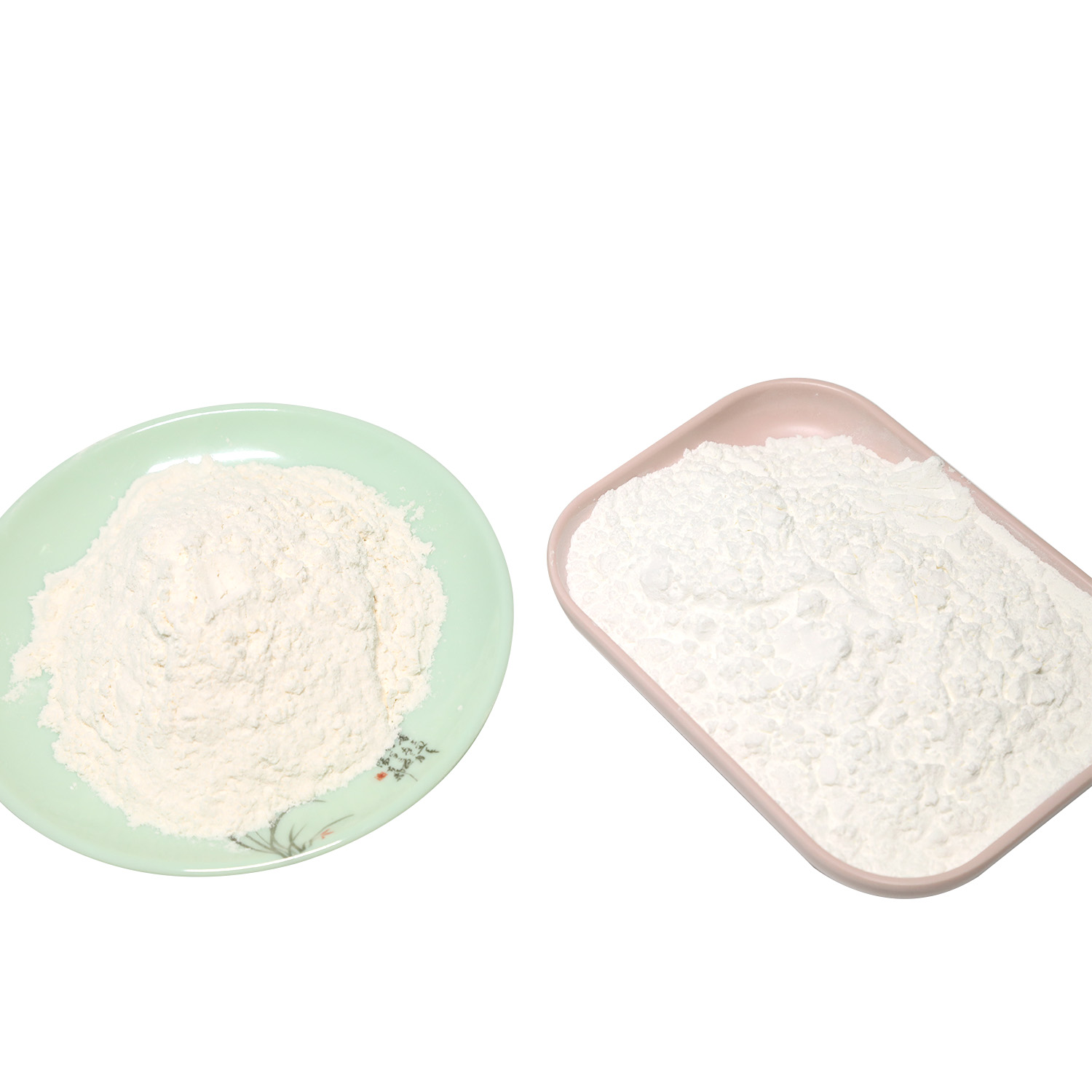
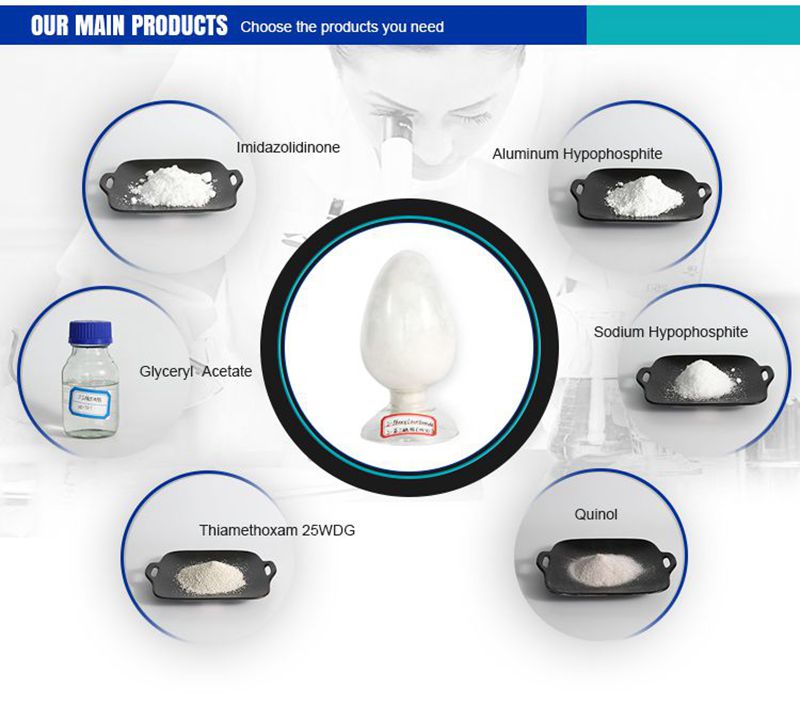

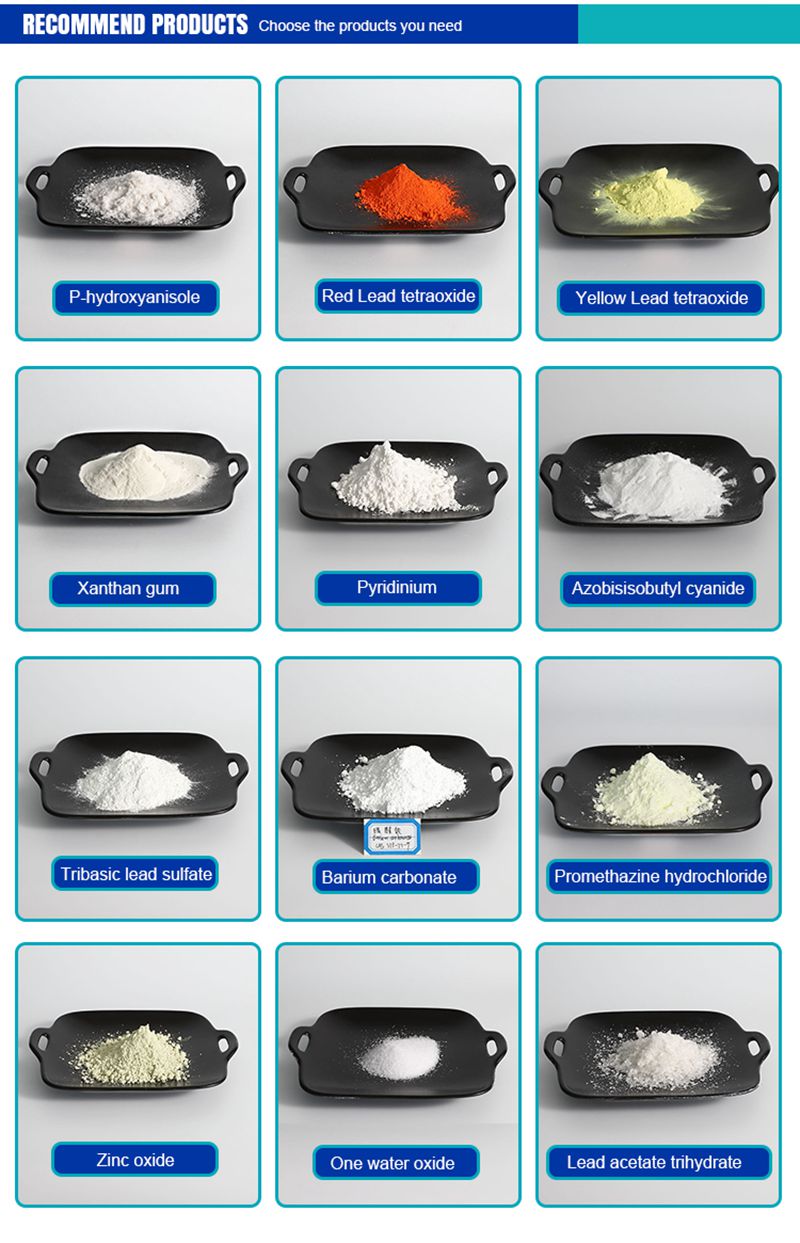


Safety information
S26: In case of contact with eyes, rinse immediately with plenty of water and seek medical attention.
S37/39: Use appropriate gloves and protective glasses or face mask.
Dangerous Goods Mark: Xn: Hazardous substance
Danger code: R22: harmful to swallowing.
R36/37/38: Irritating to eyes, respiratory tract and skin.
Dangerous Goods Transport number: UN3077
Risk profile
Health hazard: harmful if inhaled, ingested or absorbed through the skin. It can stimulate the eyes, skin, mucous membrane and upper respiratory tract.
LD50:1000 mg/kg(mouse transoral); 610 mg/kg(mouse abdominal cavity)
First aid measure
Skin contact: Remove contaminated clothing and rinse with running water.
Eye contact: Lift eyelid and rinse with running water or saline. Seek medical attention.
Inhalation: Remove from site to fresh air. Give oxygen if breathing is difficult. Seek medical attention.
Ingestion: Drink enough warm water to induce vomiting. Seek medical attention.
Leakage emergency treatment
Isolate the contaminated area of leakage and restrict access. Cut off the fire. It is recommended that emergency personnel wear dustproof masks (full covers) and protective suits. Mix with sand, dry lime, or soda ash. Collect in a dry, clean, covered container and transfer to a safe place. In case of large leakage, collect and recycle or transport to waste disposal site for disposal.
Operational disposal and storage
Operation precautions: closed operation, full ventilation. Operators must be specially trained and strictly abide by operating procedures. It is recommended that operators wear self-priming filter dust masks, chemical safety protective glasses, respirator permeating work clothes, and rubber gloves. Keep away from fire, heat source, no smoking in the workplace. Use explosion-proof ventilation systems and equipment. Avoid producing dust. Avoid contact with oxidants, reducing agents, acids and bases. When handling, light loading and unloading should be done to prevent damage to packaging and containers. Equipped with the corresponding variety and quantity of fire equipment and leakage emergency treatment equipment. An empty container may contain harmful residue.
Storage precautions: Store in a cool, ventilated warehouse. Keep away from fire and heat. It should be stored separately from oxidants, reducing agents, acids and bases, and should not be mixed. Equipped with the corresponding variety and quantity of fire equipment. The storage area should be equipped with suitable materials to contain leaks.

